Head gaskets play a critical role in your car's operation. And when problems arise, it is good to know where to locate this part for checking. So, we researched its location in your vehicle, and here is what we discovered.
You can find the head gasket in the space between the engine block and the cylinder head.
Read on as we discover what the function of the head gasket is. We'll also discuss what causes a head gasket to blow and what other problems you might encounter. Additionally, we'll tell you what happens when your head gasket blows and how much it costs to repair it. We'll also give you some tips on how to maintain the head gasket to prevent it from blowing.
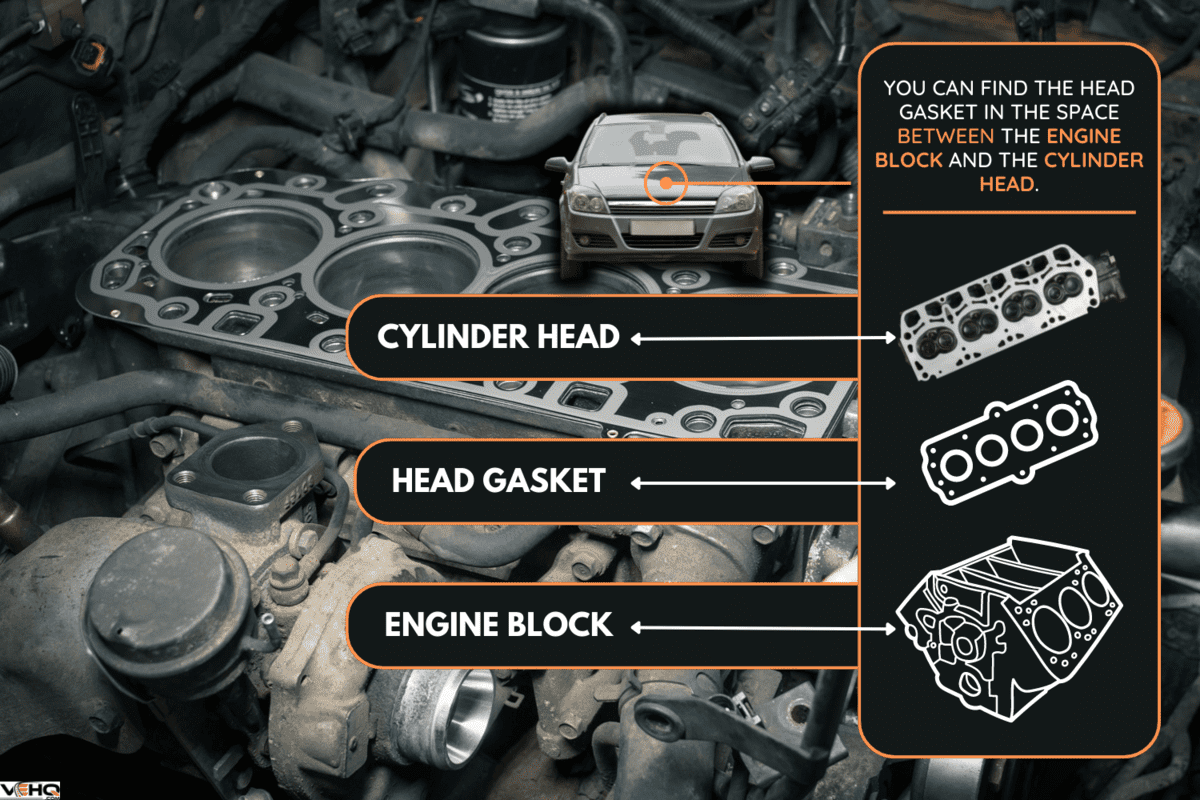
What Is The Function Of Your Car's Head Gasket?
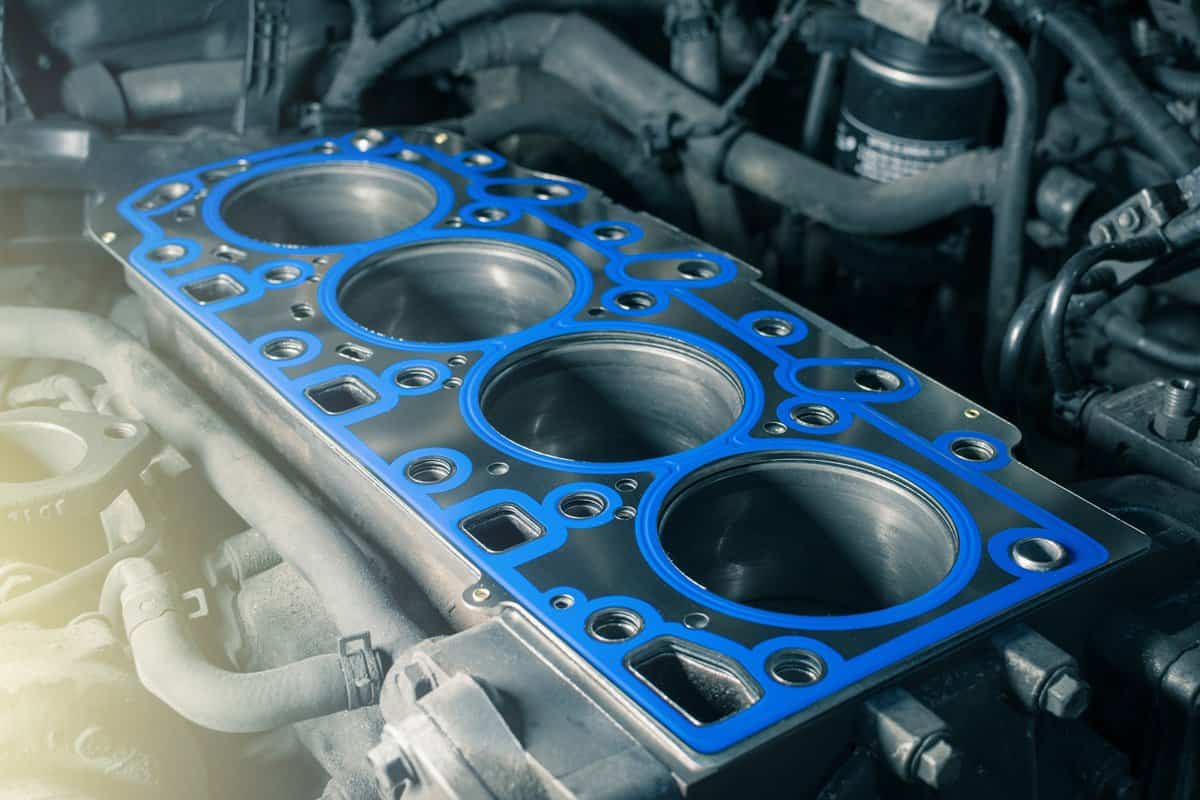
This tiny but essential part serves to seal the internal combustion process, allowing coolant and oil to circulate throughout the engine to cool and lubricate it.
In addition to its main function, the head gasket also seals the engine's combustion chamber. By channeling the dangerous gases through the exhaust system, the vehicle can generate enough power to drive forward while also preventing harmful gases from leaving the combustion chamber.
Additionally, the head gasket makes sure that the pressure produced when fuel vapors are ignited by the spark plugs stays inside the combustion chamber.
Lastly, despite having equally critical duties, oil and coolant cannot be combined for them to work effectively. The head gasket maintains the separation between the chambers to prevent fluid contamination.
Why Does A Head Gasket Blow?
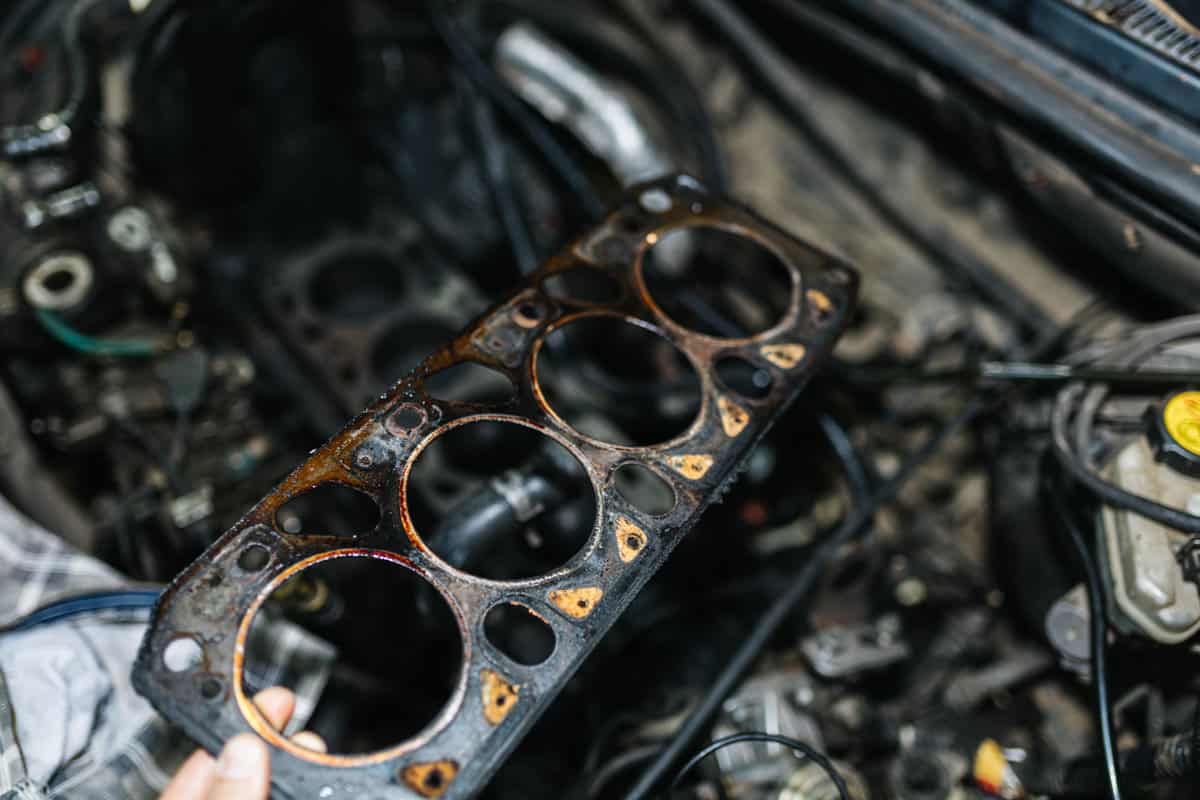
Here are the following causes why you have a blown head gasket:
Engine Overheat
The engine of your car functions in harsh conditions with considerable heat. Your engine could overheat and rupture the head gasket if this heat rises over normal.
The additional heat causes the cylinder head and engine block to expand excessively, which leads to a head gasket failure.
Detonation
Another reason for head gasket failure is detonation, which harms the armors or fire rings and lets cylinder pressure seep past the armors.
A blown head gasket will let coolant into the cylinders because it is the cylinder head gasket's job to seal the coolant passageways.
As a result of the coolant in the cylinders:
- White smoke emanates from the exhaust pipe.
- Coolant reservoir and radiator gurgling.
- Coolant loss that is not connected to any leaks.
- The oil's color is milky white.
- Heating of the engine.
Poorly Designed Head Gasket
Some older vehicles had head gaskets that were poorly engineered and built of materials that couldn't withstand the pressure. As time went on, producers began creating gaskets with materials like strengthened steel.
Mileage And Old Age
The typical head gasket is made by manufacturers to last for around 160,000 miles. As a result, if you've driven your car past that point, you could get head gasket problems.
Incorrect Timing
Fuel can burn at the wrong time in an engine that has been improperly timed. The cylinders may experience significant pressure as a result, and the head gasket may rupture.
Thermal Stress
Some motorists start their cars before the engine has warmed up. Because it compresses the gasket and causes it to expand too quickly, this is a frequent reason why things go wrong. This can lead to cracks.
Can You Still Drive Your Car Even If The Head Gasket Was Blown?
No, you can't! Continuing to drive with a blown head gasket will only make matters worse.
What Happens When You Continue To Drive With A Blown Head Gasket?

The following can happen when you continue driving a car with a blown head gasket:
- Because a head gasket serves as a seal, your engine will lose pressure right away if it blows. You will experience a considerable loss of power as a result of the combustion chamber's pistons no longer firing forcefully due to the pressure reduction.
- Oil and coolant will begin to leak into the combustion chamber. The motor oil may then become diluted as a result of the coolant mixing with it, making it harder for your engine to adequately lubricate crucial components like your crankshaft or camshaft.
- This will quickly result in bearing damage and the requirement for an engine rebuild without the necessary lubrication.
- If you continue to drive with the coolant leaking, the engine will quickly overheat, causing severe cracking and harm to your engine. And it can include having to pay for costly repairs or new components.
What To Do When You Have A Blown Head Gasket?
If you're in the middle of the road when the head gasket blows, the best course of action is to have your car towed to a professional who can check the part's integrity.
Additionally, these are the options you can do when your head gasket is blown:
Use A Sealer
Plugging the leak using a gasket sealer is the cheapest way to keep your vehicle on the road. A high-quality recipe includes carbon fiber-reinforced gasket-sealing particles and sodium silicate-sealing liquid compatible with antifreeze.
Click here for this product on Amazon.
To add the sealer, you can follow this simple guide:
- You add it to the radiator of your car.
- After that, drive your car through a 20- to 30-minute rev cycle as directed.
- By repeating this cycle, the sealant is guaranteed to travel throughout the engine and enter the cracks.
Additionally, it will stop any coolant leaks in a variety of places, including radiators made of aluminum, intake manifolds, plugs, and gaskets.
Head Gasket Replacement
Sometimes the leak is too large that even a gasket sealant can't fix it. Consult a dependable mechanic about a new engine part.
Fortunately, one of your car's more affordable parts is the head gasket. But unfortunately, unless you are knowledgeable about cars, you will still need to pay a fair sum to have them fitted.
Can You Replace The Head Gasket Yourself?
Replacement of a head gasket is not a DIY task. Although a head gasket dying from old age is uncommon, it usually indicates that everything else is also beyond repair as a result of wear and tear.
Taking the engine's head off and looking inside might show that everything else is also fully cooked.
The wrong decision can have serious repercussions if you're inexperienced. Every component removed by mechanics is typically cataloged. The technician will inspect the engine block for warping and cracks after they remove all components.
How Much Does It Cost To Replace A Blown Head Gasket?
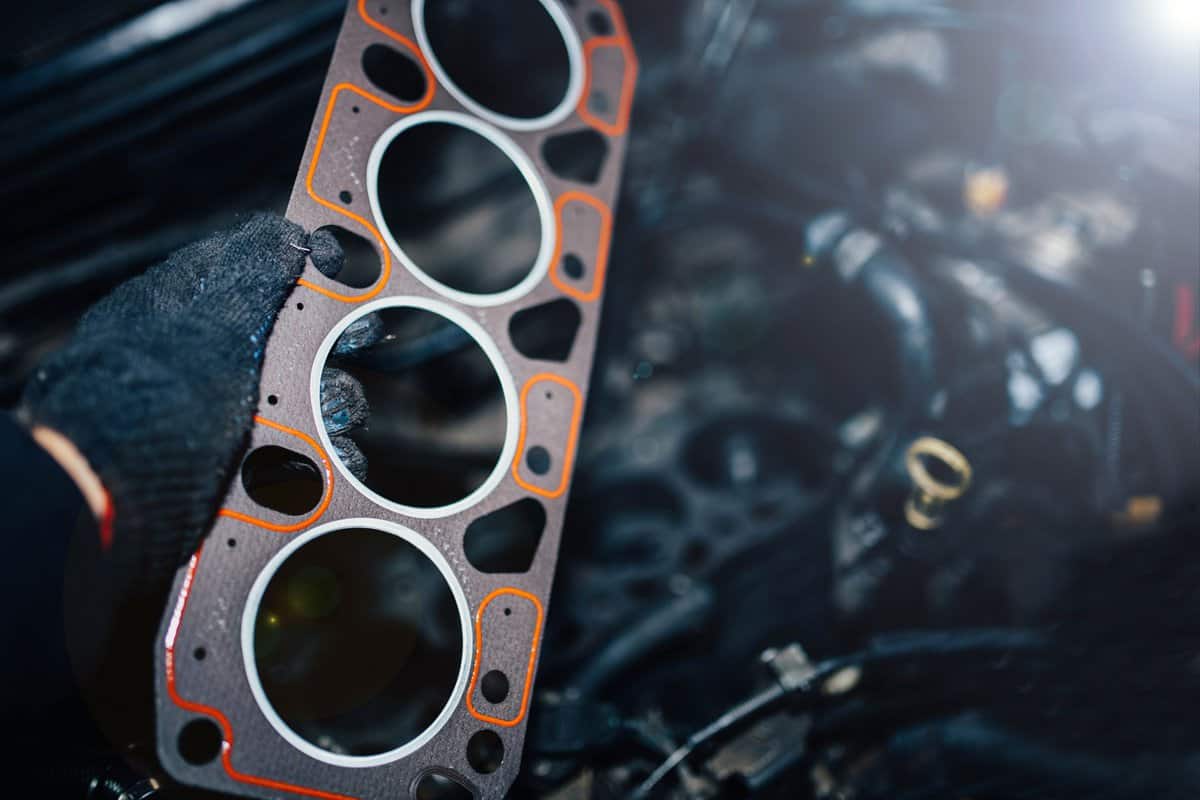
A head gasket repair typically costs between $1,624 and $1,979 on average.
- The materials themselves range between $715 and $832.
- The associated labor costs are expected to be between $909 and $1,147.
The time required for the repair is the main reason why head gasket replacement is such an expensive procedure, sometimes costing over $2,000 to complete.
Every vehicle is a little bit different, therefore putting each one back together again involves a varied amount of effort for each engine.
The price of a head gasket repair ultimately depends on how quickly you discover the issue. You can anticipate paying more to get back on the road the longer you put off visiting the shop. Of course, the shop you select will also have an impact on the cost.
While the rates you will be given shouldn't change by much, it's a good idea to get a few quotes from nearby mechanics to ensure you are receiving the best value.
Tips To Prevent Your Head Gasket From Blowing
Here are some simple tips to maintain your head gasket and prevent it from failing:
- Maintaining the engine coolant at the optimal amount with the right mixture per the manufacturer's recommendations is the best strategy to prevent head gasket failure in your car.
- Check the source of any coolant leaks you notice on the ground or garage floor.
- Make it a practice to regularly check your temperature gauge, and if you see that it is running hot, have your professional technician examine it right away.
- The best approach to maintaining crucial components like the head gasket is to follow the manufacturer's advised maintenance schedule.
- Make sure to use a high-quality product that provides great engine protection while cleaning the coolant or antifreeze.
In Closing
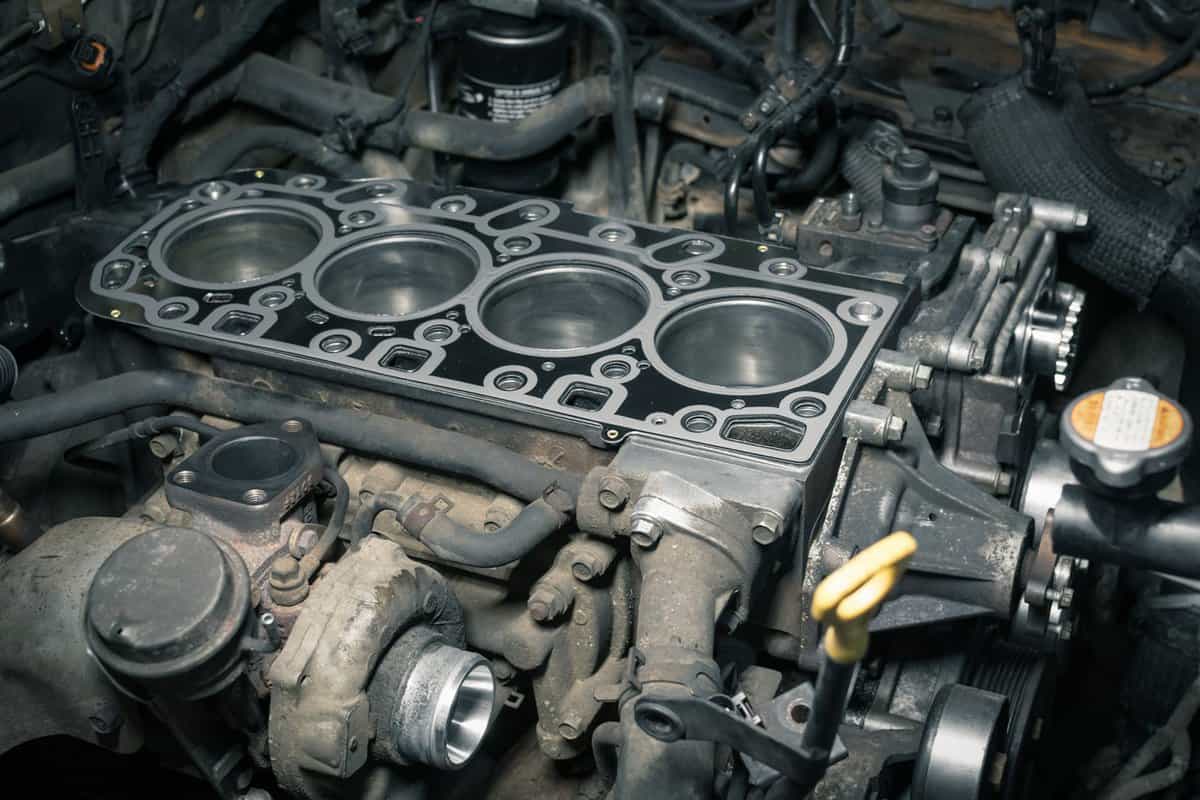
Knowing that the location of the head gasket is between the cylinder head and the engine block is vital, especially when you encounter problems with it.
The gasket serves as a seal to keep coolant passageways around each cylinder from being exposed to combustion byproducts. It frequently seals coolant tubes from oil passages to prevent the fluids from mixing.
If you enjoyed this post, you can check out our other articles:
Can You Replace A Head Gasket Without Removing The Engine?
Will Head Gasket Sealer Ruin An Engine? [Can It Cause Engine Damage?]

